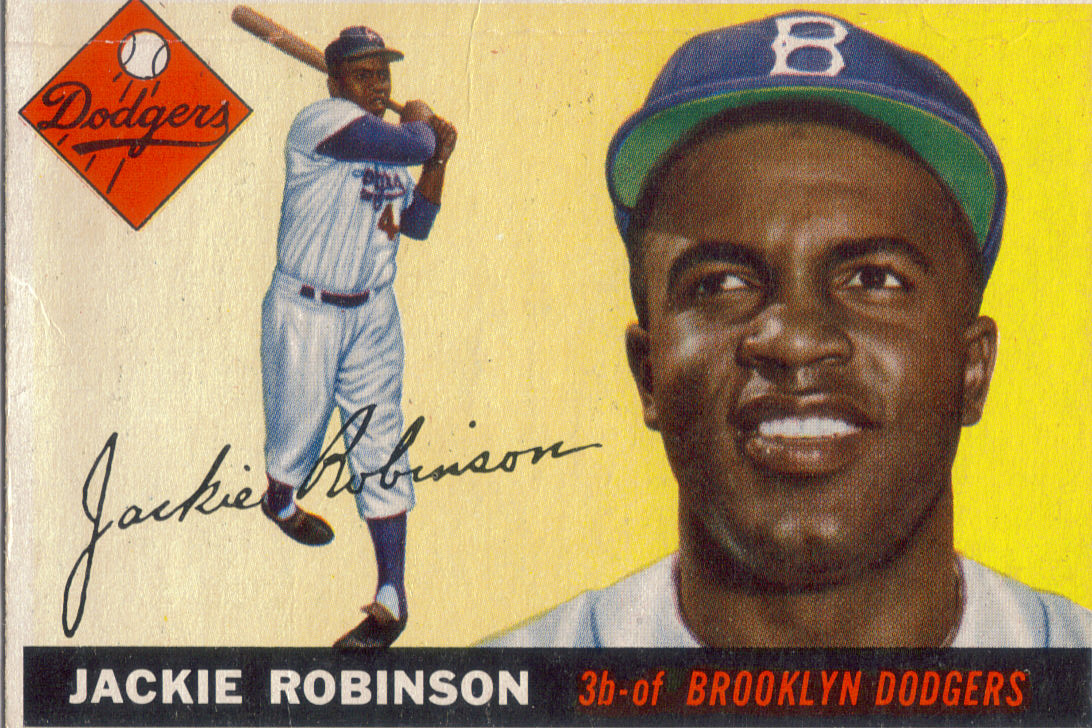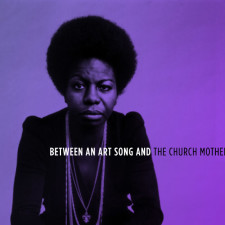This semester I taught Spike Lee’s 1986 breakout film She’s Gotta Have It as an example of work that was produced during the age of “The New Black Aesthetic,” a term coined by writer Trey Ellis in 1989. In its moment, the film was critically acclaimed: it was a favorite at Cannes in 1986. And it has since that time gained lots of attention from film scholars and feminist writers. But can it still speak to a new generation of viewers and budding scholars? Are its strengths and challenges evident to today’s college students? The following commentary by a student answers these questions and more. –Dr. Guy
____________________________________________________________________________________
She’s Gotta Have It – and indeed Nola, the protagonist of Spike Lee’s 1986 film, does. The question arises when we explore the meaning behind the “It” of the title— in fact, it is precisely the ambiguity of this one word that lies at the center of the film’s message.
While Nola has relationships with Mars, Greer and Jamie, she is accused of being both a “freak” and a “nympho” because of her relations with these males. In the meantime, the men seem attracted to her for the very reason that she is tied to them: lust.
Yet, as part of the New Black Aesthetic, Lee’s film does not need to focus exclusively on African American issues, nor does it need to concentrate on African American men. The males in this film serve as instruments at Nola’s disposal. D.J.R. Bruckner’s 1986 New York Times review of the film states: “These people are not victims of blind forces; they make choices, defend them and grow in understanding, not always happily, as a result.” The Times fails to see, however, that this film is not about the men in Nola’s life, it’s simply about Nola’s life.
While the three males in the film literally serve to satisfy her sexual desires, their supporting roles metaphorically function to reveal her independence. When I say independence, I do not mean in the traditional sense because, to take the sexual metaphor one step further, Nola, for instance, becomes sexually frustrated when she tries to satisfy herself on her own. Rather, I am referring to Nola’s independence from a woman’s conventional societal image. Nola, through her sexual desires, frees herself from the image of the loyal woman who functions as the object of males’ desires. Breaking from the traditional subject/object dichotomy, Nola makes her three male lovers into her objects; she is the subject of this film, and the subject of each of her three relationships.
When Jamie becomes tired of becoming the traditional “woman” in the relationship, when he no longer wishes to be objectified to satisfy Nola’s desires, he uses force to reinstate the traditional male role as subject. During his near rape of Nola, he belligerently asks her: “Who’s pussy is it?” She is forced to assume the role of object and say “yours.”
With one single action, Nola forfeits her most prized emblem of her selfhood and her womanhood. Sadly, the aforementioned Times review of She’s Gotta Have It justifies this occurrence: “It is telling that, when Jamie’s patience gives out and he turns rather shockingly brutal to Nola, his violence seems natural and does not diminish interest in or sympathy with the character.” Perhaps Bruckner’s judgment that viewers hold sympathy with Jamie is true of a sexist audience, but I believe that more enlightened viewers would see that this violent scene represents the near destruction of our protagonist.
After the episode, Nola abandons her non-rapist lovers and returns to Jamie, pledging her devotion to him as well as her celibacy— she will, in other words, abandon her own desires and become a traditional woman whose energies are invested in loving her partner.
Luckily, Nola eventually rejects this idea, which seems to be a rash reaction to her assault. When the film ends, we see her in her bed as we do at the beginning of the film. She seems at peace; as she tells us, she cannot, and we can assume, will not, be with one man alone. This comment, in addition to proving Nola’s strong female persona, is a criticism of men: it takes several men to satisfy this woman— one alone could never be her match.
In addition to gender role reversal in this film— Nola tells one of the men that she loves him while they are engaging in intercourse, a practice typically associated with males— this film is a tribute to women’s strength. Beginning with a reference to Zora Neale Hurston’s Their Eyes Were Watching God, viewers can be sure to be introduced to a woman as independent and rebellious as Janie. Just as Billie Holiday, whose image is displayed on Nola’s cabinet, revolutionized jazz, Nola follows the footsteps of this great African American woman before her to courageously pursue counter-hegemonic relationships for the sake of her own pleasure alone.
–M. Brandon
The Trailer to Spike Lee’s She’s Gotta Have It
Tags: Billie Holiday, film, She's Gotta Have It, Spike Lee, The New Black Aesthetic, Their Eyes Were Watching God, Trey Ellis, Zora Neale Hurston



 Share On Facebook
Share On Facebook Tweet It
Tweet It






